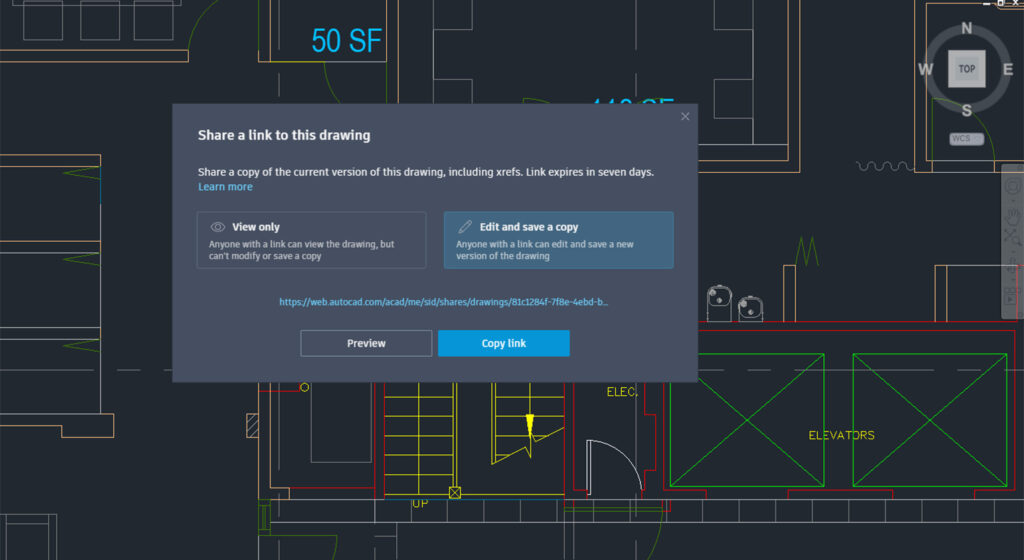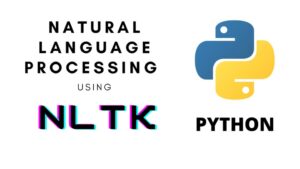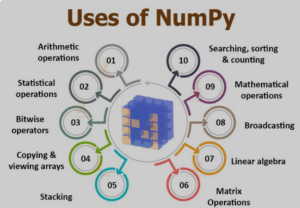Collaborative Design in AutoCAD: Strategies, Tools, and Best Practices for Effective Collaboration

Introduction: In the dynamic world of computer-aided design (CAD), collaboration is essential for bringing together diverse perspectives, expertise, and resources to create innovative and successful projects. AutoCAD, a leading CAD software, offers a range of tools and features to facilitate collaboration among architects, engineers, designers, and stakeholders. In this comprehensive guide, we will explore the strategies, tools, and best practices for collaborating with others in AutoCAD, empowering users to leverage the full potential of collaborative design and achieve their project goals with efficiency, accuracy, and creativity.
Understanding Collaboration in AutoCAD: Collaboration in AutoCAD involves the exchange of design information, feedback, and ideas among project team members, stakeholders, and partners throughout the design process. Collaboration encompasses various aspects of design, including project planning, communication, coordination, and iteration, with the goal of achieving consensus, resolving conflicts, and delivering high-quality design solutions. AutoCAD provides a range of collaboration tools and features to support real-time collaboration, cloud-based collaboration, version control, markup and review, and project coordination, enabling seamless communication and teamwork among project participants.
Key Concepts in Collaborative Design: Before delving into the process of collaboration in AutoCAD, it’s essential to understand some key concepts that underpin collaborative design:
- Real-Time Collaboration: Real-time collaboration involves simultaneous editing and sharing of design files among multiple users in AutoCAD. Users can work together on the same drawing file in real-time, making changes, annotations, and markups collaboratively, with updates reflected instantly for all participants. Real-time collaboration tools enable efficient communication and decision-making, reducing the need for manual file transfers or version control.
- Cloud-Based Collaboration: Cloud-based collaboration allows users to store, share, and access design files securely in the cloud using AutoCAD web and mobile applications. Cloud storage platforms such as Autodesk Drive, Autodesk A360, or third-party cloud services provide centralized storage and collaboration capabilities, enabling users to collaborate on design projects from anywhere, anytime, and on any device with an internet connection.
- Version Control: Version control enables users to manage and track changes to design files over time, ensuring that everyone is working on the latest version of the drawing. AutoCAD offers version control features such as file history, revision tracking, and rollback capabilities, allowing users to review, compare, and revert to previous versions of the drawing as needed. Version control promotes collaboration by providing a reliable record of design changes and ensuring data integrity and consistency across project iterations.
- Markup and Review: Markup and review tools allow users to annotate, comment, and review design files collaboratively, providing feedback, suggestions, and revisions to the design. AutoCAD provides markup and review features such as text annotations, dimension callouts, revision clouds, and redline markups, enabling users to communicate design intent, clarify requirements, and resolve issues effectively during the design review process.
Basic Collaborative Design Techniques: Collaborating with others in AutoCAD involves a series of steps that begin with establishing communication channels and culminate in sharing and reviewing design files. Here’s a basic overview of the techniques for collaborating with others in AutoCAD:
- Set Up Collaboration Tools: Start by setting up collaboration tools and communication channels to facilitate collaboration among project team members. Use AutoCAD’s collaboration features such as shared network drives, email, instant messaging, or project management software to communicate, share files, and coordinate tasks effectively.
- Share Design Files: Share design files with project team members using collaboration platforms such as Autodesk Drive, Autodesk A360, or cloud storage services. Upload drawing files to the cloud, invite team members to collaborate, and grant appropriate access permissions to ensure data security and confidentiality. Share links to design files via email or messaging apps, allowing team members to access and review the files remotely.
- Collaborate in Real-Time: Collaborate with project team members in real-time using AutoCAD’s real-time collaboration features. Use shared network drives or cloud storage platforms to host drawing files, enable multi-user access to the files, and work together on the same drawing simultaneously. Communicate with team members via chat, voice, or video calls to discuss design changes, resolve conflicts, and make decisions collaboratively.
- Review and Revise Designs: Review and revise designs collaboratively with project team members using markup and review tools. Share design files for review, solicit feedback and suggestions from team members, and incorporate revisions and comments into the design. Use markup tools to annotate design files, highlight areas for improvement, and track changes throughout the design review process.
Advanced Collaborative Design Techniques: While the basic collaborative design techniques suffice for most applications, mastering advanced techniques can enhance communication, coordination, and efficiency in collaborative design. Here are some advanced techniques and applications to consider:
- Automated Workflows: Streamline collaborative design workflows using automation tools and scripts in AutoCAD. Develop custom scripts or routines to automate repetitive tasks, such as file synchronization, drawing generation, or data extraction, saving time and effort in collaborative design projects. Integrate AutoCAD with other software applications or APIs to automate data exchange and workflow integration, ensuring seamless collaboration across project teams and platforms.
- Project Coordination: Coordinate project activities and tasks among project team members using project management tools and collaboration platforms. Create project schedules, task lists, and milestones using project management software, assign responsibilities to team members, and track progress and deadlines. Use collaboration features such as shared calendars, task boards, and status updates to keep everyone informed and aligned on project objectives and deliverables.
- Virtual Collaboration: Facilitate virtual collaboration among project team members using virtual design and construction (VDC) tools and immersive technologies. Use virtual reality (VR), augmented reality (AR), or mixed reality (MR) to visualize and interact with design models collaboratively in virtual environments. Conduct virtual design reviews, walkthroughs, and simulations to explore design options, evaluate spatial relationships, and identify issues before construction, enhancing collaboration and decision-making in design projects.
- Design Data Management: Manage design data and project information effectively using data management tools and systems. Implement data management solutions such as product data management (PDM) or building information modeling (BIM) platforms to centralize, organize, and secure design files, documents, and data. Use metadata, keywords, and tagging systems to categorize and search design information, facilitating retrieval and access to relevant data for project team members.
Best Practices for Collaborative Design: To achieve optimal results when collaborating with others in AutoCAD, consider the following best practices:
- Establish Clear Communication: Establish clear communication channels and protocols for collaborating with project team members. Define roles, responsibilities, and expectations upfront, and communicate project objectives, deadlines, and milestones effectively to ensure everyone is aligned and informed.
- Foster Collaboration and Trust: Foster a collaborative and inclusive culture among project team members, encouraging open communication, constructive feedback, and mutual respect. Build trust and rapport with team members through active listening, empathy, and transparency, creating a supportive and collaborative environment conducive to creativity and innovation.
- Embrace Iterative Design: Embrace iterative design processes that allow for exploration, experimentation, and refinement of design ideas. Encourage creativity, flexibility, and adaptability in design approaches, and iterate on designs based on feedback, user input, and evolving project requirements, ensuring that designs meet user needs and project goals effectively.
- Maintain Data Security and Privacy: Maintain data security and privacy when sharing design files and project information with project team members. Implement access controls, encryption, and authentication mechanisms to protect sensitive data from unauthorized access or disclosure, and adhere to industry standards and regulations for data security and privacy compliance.
Conclusion: Collaborative design in AutoCAD offers a powerful means of harnessing the collective expertise, creativity, and resources of project team members to create innovative and successful design solutions. By mastering the strategies, tools, and best practices for collaborating with others in AutoCAD, users can streamline communication, coordination, and decision-making, enhancing productivity, efficiency, and creativity in design projects. Whether you’re working on architectural plans, engineering drawings, or construction documents, the ability to collaborate effectively in AutoCAD empowers you to realize your design vision with confidence and success. With practice, experimentation, and a collaborative mindset, you can harness the full potential of collaborative design to achieve outstanding results in today’s dynamic design environments.




